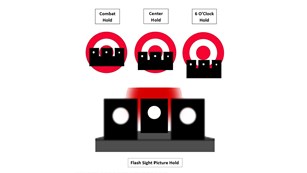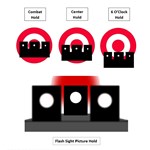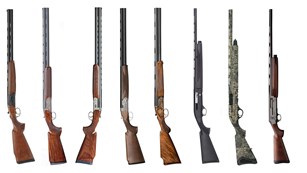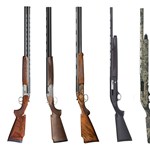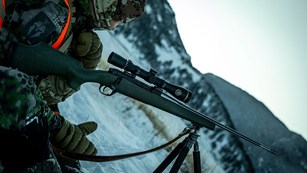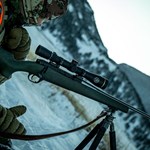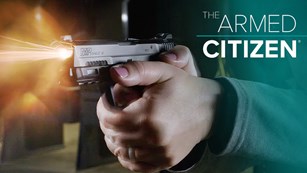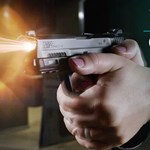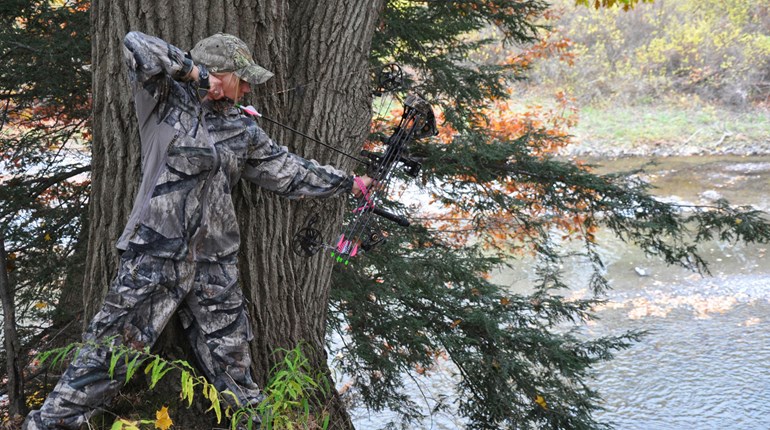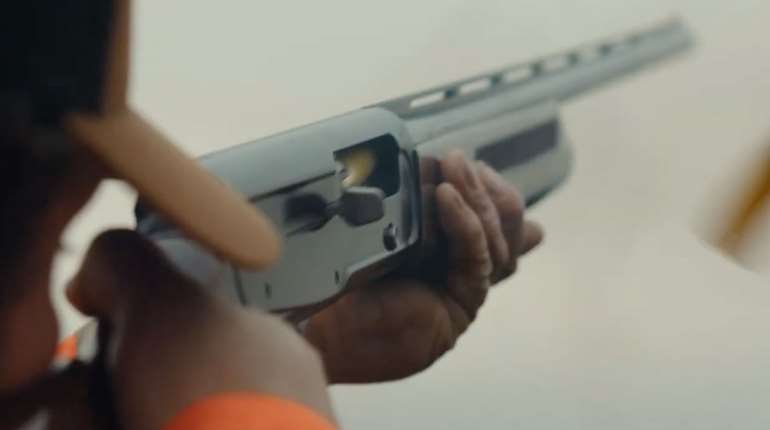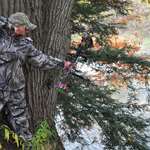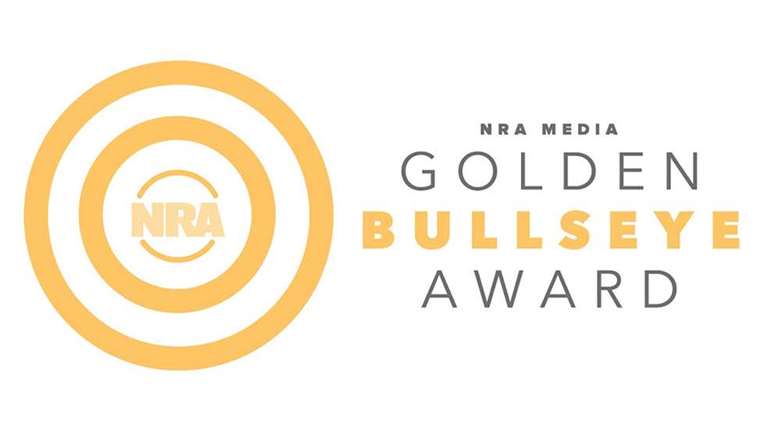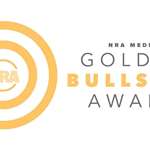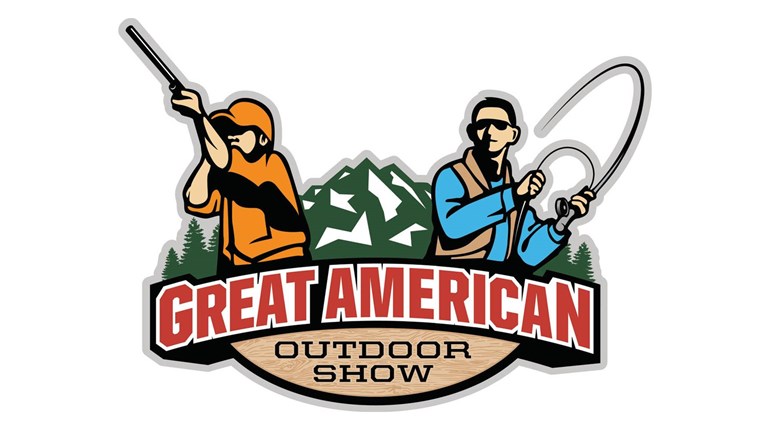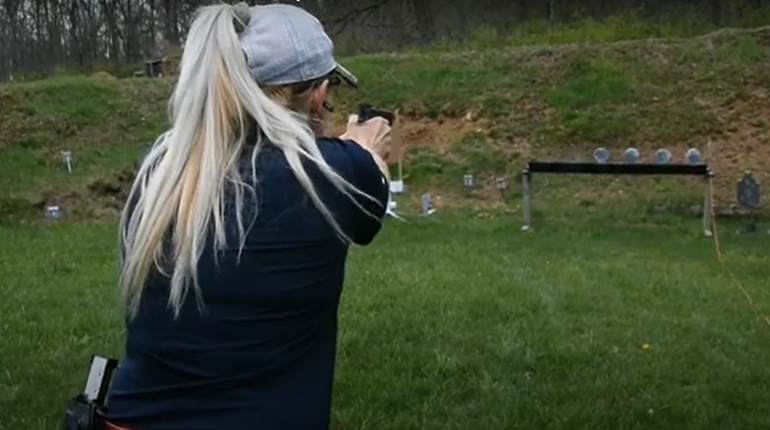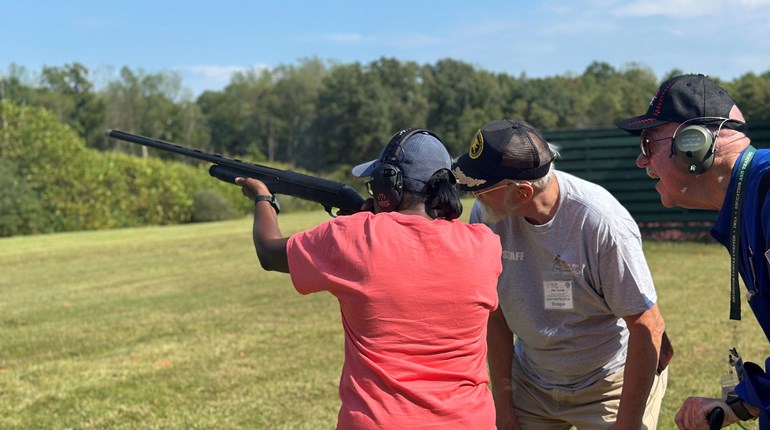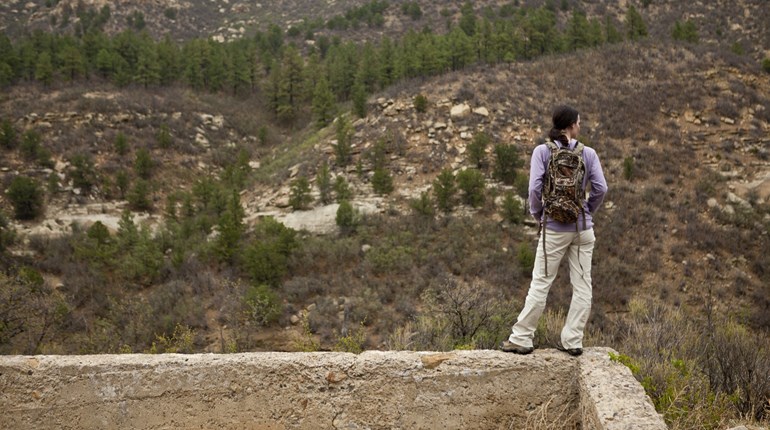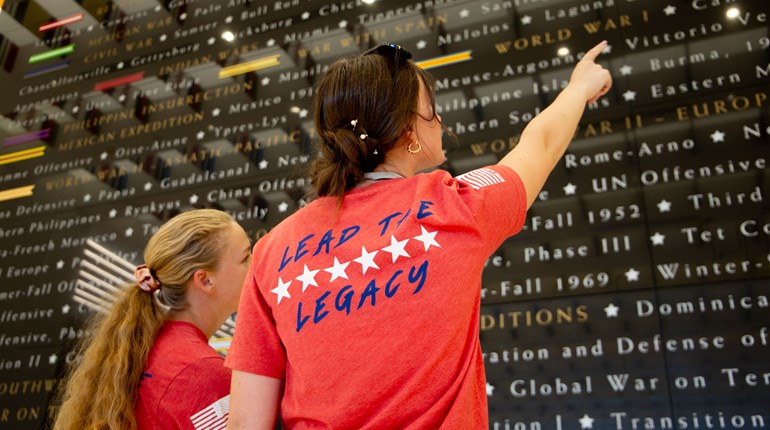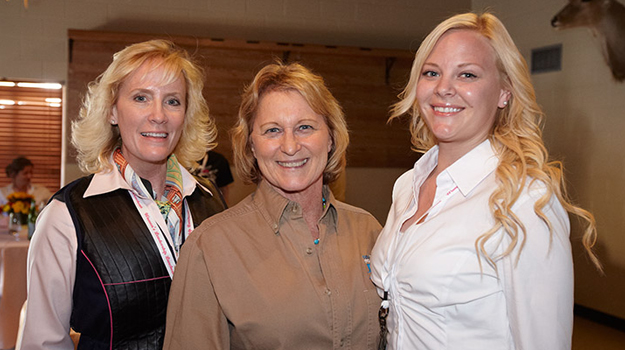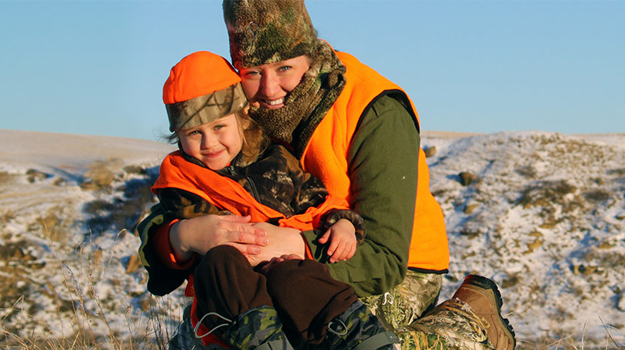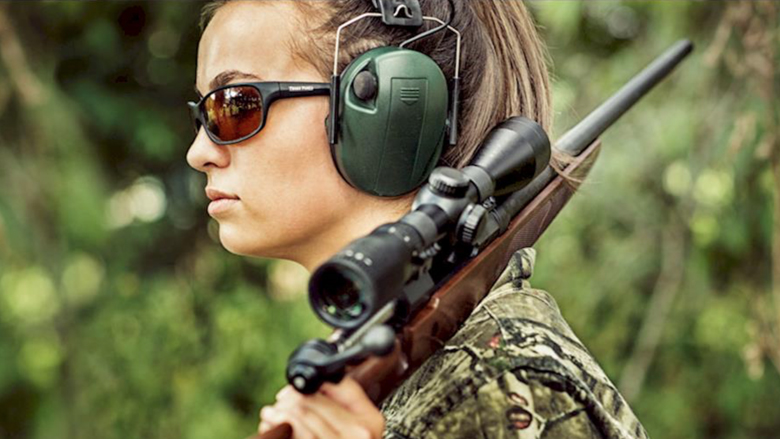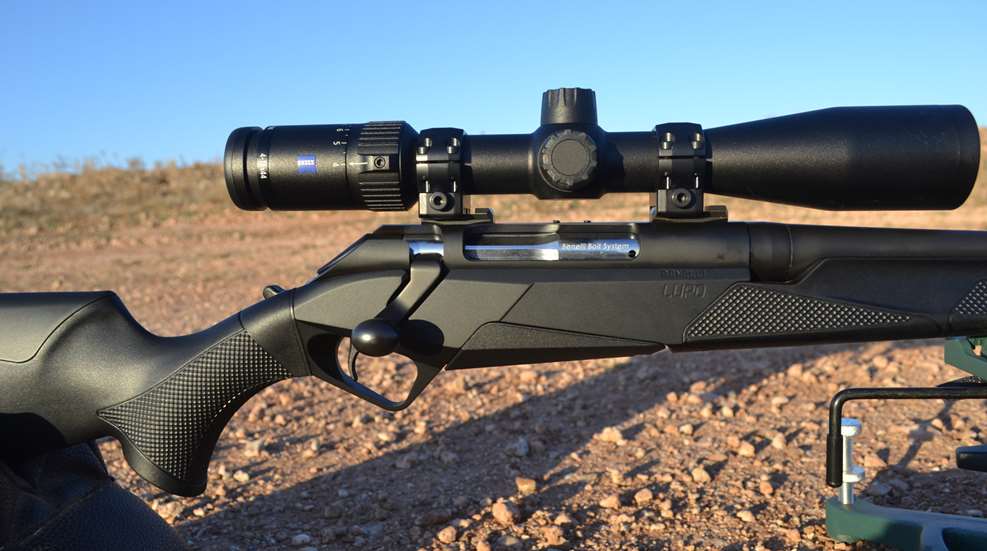
Optics are a heavy topic—it doesn’t take long at all to get deep into the weeds with serious high-tech language. When you’re shopping for a riflescope or a set of binoculars, you’ll see them categorized by a series of numbers. What does it all mean?
Binoculars
We’ll start with binos, because there are really only two numbers to worry about here. Common hunting binocular sizes include things like 8x32, 10x40 and 12x50. Let’s use 8x32 as our example.
The first number refers to the magnification. In the case of an 8, the binos will produce an image that looks as if you were eight times closer to the object than you actually are—in other words, the image is eight times more magnified than what you can see with your naked eye.
The second number is the size of the objective lens (the front lens, not the one you put up to your eye) in millimeters. The larger the lens, the larger that number. Larger objective lenses transmit more light to your eye, producing a brighter image, which comes in handy in low light conditions. However, the larger that number, the bigger the set of binoculars is going to be, so there’s a trade-off in how much you want to carry vs. how much magnification and light transmission you think you will need. Eastern hunters who will be using their binos at close to moderate range (and likely for short periods of time) tend toward 8X and 10X binos. Western hunters who might spend a lot of time glassing far-off hillsides, sometimes in low light, will be better off with the 12x50s or even larger binoculars.
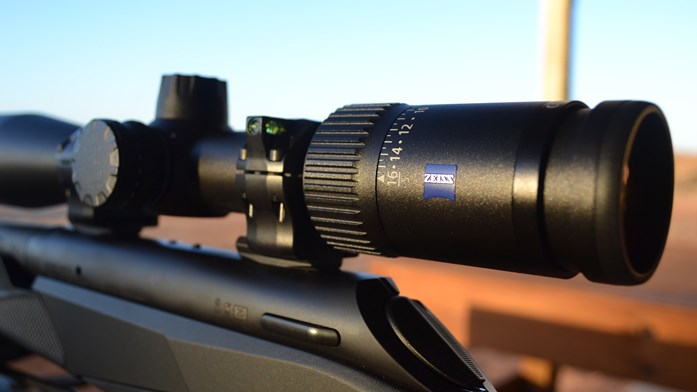
Riflescopes
Scopes are labeled with those same numbers, but there are a few other things to know. Let’s use the classic deer scope as an example: a 3-9x40 with a 1-inch tube.
Magnification: The first set of numbers is expressed as a range: 3-9. This is the magnification range of the scope, and in this case, it will show you an image magnified anywhere from three to nine times from what you could see with your naked eye, depending on how far you dial the magnification up. If this is a single number rather than a range, it’s what we call a fixed-power scope. When choosing a magnification range, don’t go hog wild—bigger isn’t always better. The higher you magnify an image, the more weight, complexity and distortion you introduce, and thicker, higher-magnification lenses transmit less light. Everything is trade-off. Use the lowest amount of magnification that you can comfortably shoot well with. For deer hunting at distances of 200 to 300 yards or so, that 3-9 range is a classic for a reason—it’s not too much, not too little. If you’ll be mounting this scope on a serious long-range precision rifle, you’ll want more magnification.
Objective Lens Size: The second number, in this case 40, is the size of the objective lens. This works the same as it does in binoculars, where larger lenses transmit more light to the eye. Contrary to what the guy at the gun counter of your local sporting goods store might have told you, scopes and lenses do not “gather light.” They’re not sucking all the light from the environment and bringing it to you—they’re simply allowing as much light as possible to be passed through the lenses and brought to your eye. There’s a limit, however—your eye can only take in so much information (light), as this capacity shrinks as we age. At a certain point, the objective lens can be transmitting much more light than your eye has the capacity to process. This isn’t harmful, but it is a waste, so a large objective lens isn’t always better.
Tube Size: The tube size is the last important number you’ll commonly see on a scope. In the U.S., 1-inch tubes are most common, but you’ll also find 30mm tubes and 34mm tubes. This is the measurement (diameter) of the tube that connects the two lenses, and you’ll need to know which size tube you have when you are buying rings to mount the scope to your rifle.
Tube size has little or nothing to do with light. It does matter because a larger tube (1-inch is the smallest of the three common sizes) allows for a greater windage and elevation adjustment range and magnification. For a deer-hunting scope of the 3-9x40 or similar variety, you’re not likely to need a huge amount of adjustment, particularly if you won’t be shooting at long distances, and a 1-inch scope is more than sufficient. If you plan to shoot long distances, beyond 500 yards, you might consider a 30mm tube. The 34mm tubes are for extreme precision shooting at very long distances.
Bigger tubes and bigger objective lens sizes make the scope physically larger and heavier, which might or might not matter to you depending on what you’ll be using the gun for. Again, everything is a trade-off, so when shopping for a scope, choose the magnification range, objective lens size and tube size that’s sufficient for your needs and maybe a touch more, but don’t go bigger than what you need or you’ll begin to make unnecessary sacrifices in image quality and size or weight.


